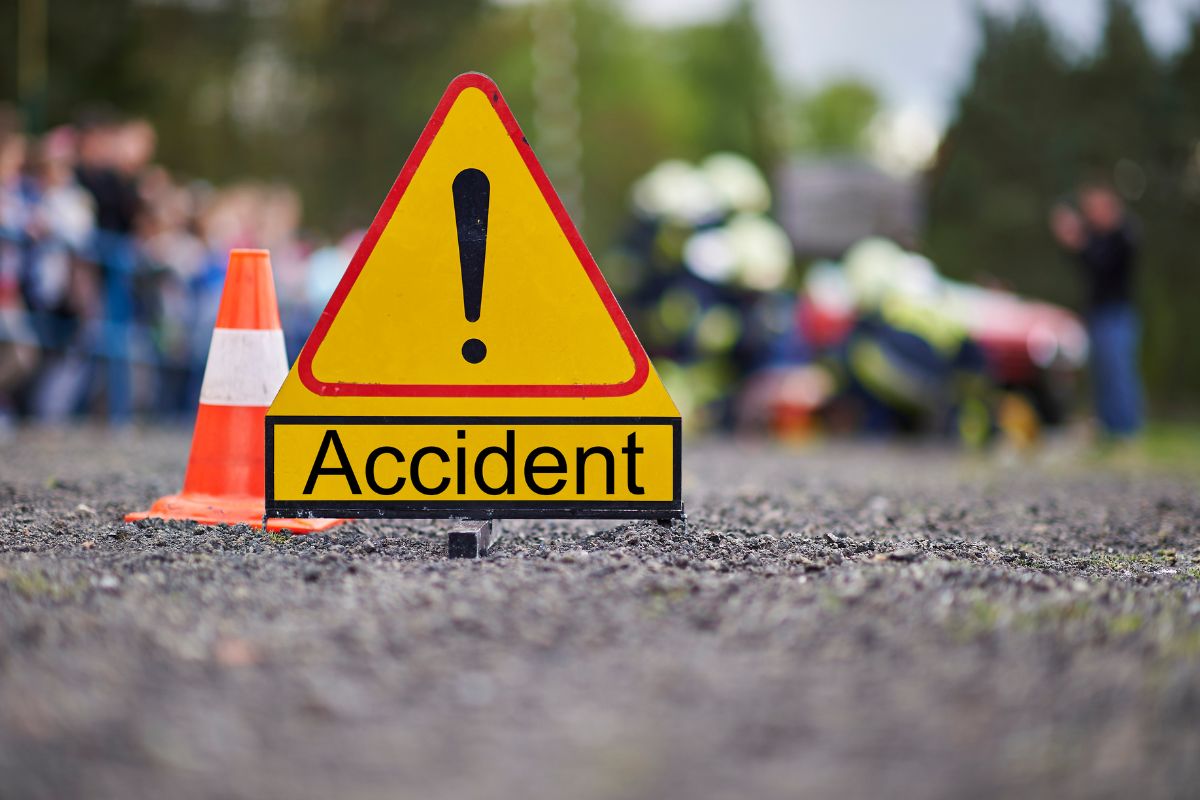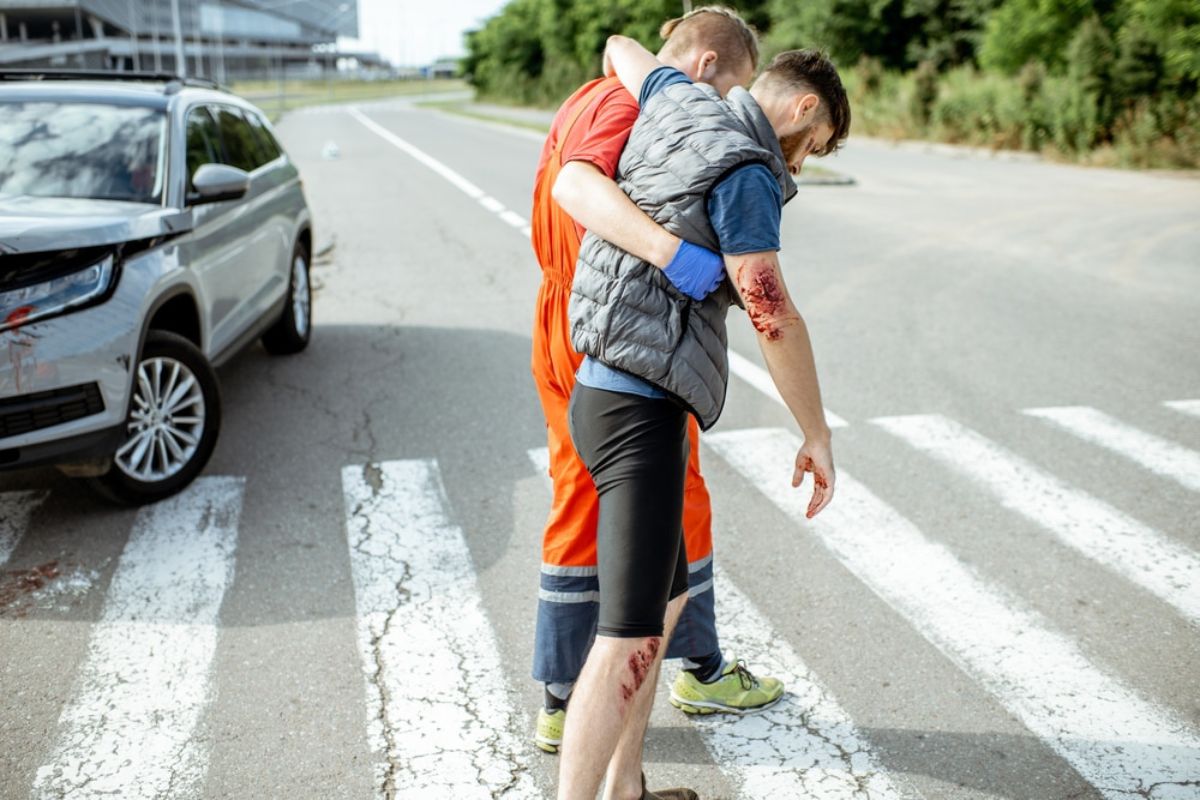
Pedestrian accidents can leave you with serious injuries and numerous unanswered questions. One of the most pressing concerns is how much compensation you might receive. Settlements can vary significantly based on several factors, and understanding them can make a huge difference in your case.
Whether you’re dealing with medical bills, lost wages, or pain and suffering, knowing what influences your settlement helps you make informed decisions.
This blog will break down the key elements that affect pedestrian accident settlements. From the severity of your injuries to the role of insurance coverage, we’ll cover it all. You’ll also learn how things like medical expenses, negligence, and local laws play a part in determining how much compensation you deserve.
With the right knowledge, you can be better prepared to navigate the complexities of your accident claim. Let’s dive into the top factors that determine pedestrian accident settlements and help you understand what to expect throughout the process.
Severity of Injuries
The type and severity of your injuries directly impact the amount of compensation you might receive in a pedestrian accident settlement. Severe injuries typically lead to higher settlements, while minor injuries may result in lower compensation.
Types of Injuries and Their Impact on Settlements
- Minor Injuries: Include scrapes, bruises, and sprains. These typically require short-term treatment and have a smaller impact on your life and work.
- Moderate Injuries: Such as fractures or dislocations, may require surgery or extended treatment, leading to higher medical costs and a greater impact on your life.
- Catastrophic Injuries: Includes spinal cord damage, brain trauma, or amputations. These injuries require lifelong care and dramatically increase settlement amounts due to long-term costs and impacts on independence.
Common injuries in pedestrian accidents include broken bones, head injuries, soft tissue damage, and internal injuries. The more extensive and lasting the injury, the higher the potential settlement.
Negligence and Liability
Establishing fault is fundamental in any pedestrian accident case. Your ability to prove who is at fault will largely determine the settlement you can expect.
Key Factors in Determining Liability
- Driver’s Actions: Distracted driving, speeding, or violating traffic laws are clear evidence of negligence, increasing your chances of a fair settlement.
- Pedestrian’s Actions: If you were jaywalking or crossing outside a designated area, this might affect your settlement.
- Shared Responsibility: Comparative negligence means both parties share some blame. For example, if you’re 30% responsible, your settlement is reduced by that amount.
Establishing liability can be complex. Evidence such as traffic camera footage, witness statements, and police reports is crucial for proving fault.
Medical Expenses and Treatment Costs
Your medical bills play a critical role in determining your settlement. Immediate and future treatment costs are closely scrutinized during negotiations.
Types of Medical Costs Considered
- Immediate Medical Bills: Include emergency care, hospital stays, surgeries, and doctor visits.
- Future Medical Expenses: Long-term needs like physical therapy or home health care are also included in calculations.
- Documentation: Keep thorough records of treatments and costs, including receipts and prescriptions, to support your claim.
Lost Wages and Income
If an accident affects your ability to work, it can lead to lost wages and long-term financial hardship.
How Lost Income is Calculated
- Temporary Lost Wages: Calculated based on the time you missed work and your usual earnings.
- Permanent Disability: Severe injuries leading to permanent disability or inability to work significantly impact settlements.
- Reduced Work Capacity: Returning to a lower-paying job or limited work capacity also factors into your settlement.
The longer your recovery and the greater the impact on your work, the higher the lost wages claim in your settlement.
Pain and Suffering
While medical expenses and lost wages are tangible, pain and suffering are non-economic damages that are equally important.
Factors Considered in Pain and Suffering
- Emotional Distress: Anxiety, depression, and stress from the accident and its aftermath.
- Physical Pain: Ongoing pain from injuries such as fractures, burns, or soft tissue damage.
- Quality of Life: Limitations on normal activities or relationships due to injuries.
Attorneys use methods like multiplying medical bills or assessing injury severity to determine fair compensation for pain and suffering.
Insurance Coverage and Policy Limits
The amount of insurance coverage available is a crucial factor in determining your settlement.
Insurance Considerations
- At-Fault Driver’s Insurance: Adequate coverage leads to more substantial settlements, while low limits can restrict payouts.
- Your Own Insurance: Uninsured/underinsured motorist coverage can help cover costs when the at-fault driver lacks sufficient insurance.
- Negotiations: Insurance companies often offer low settlements. Experienced attorneys can negotiate to ensure fair compensation.
Understanding policy limits helps set realistic expectations for your settlement.
Local Laws and Jurisdictions
The laws in your area, such as those in Springfield, MO, can impact your pedestrian accident settlement.
Legal Considerations
- Statute of Limitations: In Missouri, you generally have five years to file a personal injury lawsuit, but acting quickly is important.
- Local Court Approaches: Courts may vary in awarding settlements based on living costs and other factors.
- Role of Legal Expertise: Attorneys familiar with local laws navigate the system efficiently, helping you achieve the best outcome.
The Role of Legal Representation
Having an attorney significantly increases your chances of securing a higher settlement.
How Attorneys Help
- Insurance Negotiations: Lawyers handle negotiations to prevent lowball offers.
- Gathering Evidence: Attorneys collect essential evidence, including accident reports and medical records.
- Maximizing Compensation: Legal expertise ensures fair settlement amounts by addressing all case aspects.
With the right legal help, your rights are protected, and your case is properly addressed.
Whether you’re dealing with stubborn insurers or complex legal requirements, having a pedestrian accident lawyer in Springfield, MO, ensures your rights are protected. With the right legal help, you’re more likely to receive the compensation you deserve, ensuring that all aspects of your case are properly addressed.
Factors That Can Delay or Lower Settlements
Be aware of potential roadblocks that could slow down the process or reduce your settlement.
Common Issues
- Disputes Over Liability: Disagreements on fault can delay the process.
- Incomplete Medical Records: Missing documentation complicates claims.
- Shared Fault: Compensation decreases based on your level of responsibility.
- Policy Limits: Limited insurance coverage may result in lower settlements.
How to Maximize Your Pedestrian Accident Settlement
You can take several steps to ensure you receive the best possible settlement.
Strategies for Maximizing Compensation
- Document Your Injuries: Maintain detailed records, including photographs and medical reports.
- Follow Medical Advice: Adhering to treatment plans demonstrates the seriousness of your recovery.
- Seek Legal Help: Consult with a pedestrian accident attorney to navigate the claims process.
- Negotiate Effectively: Avoid accepting the first offer; let your attorney secure a fair deal.
Securing a fair pedestrian accident settlement requires understanding key factors like injury severity, liability, and medical costs. You can maximize your compensation and protect your future with thorough records, legal expertise, and a proactive approach.




